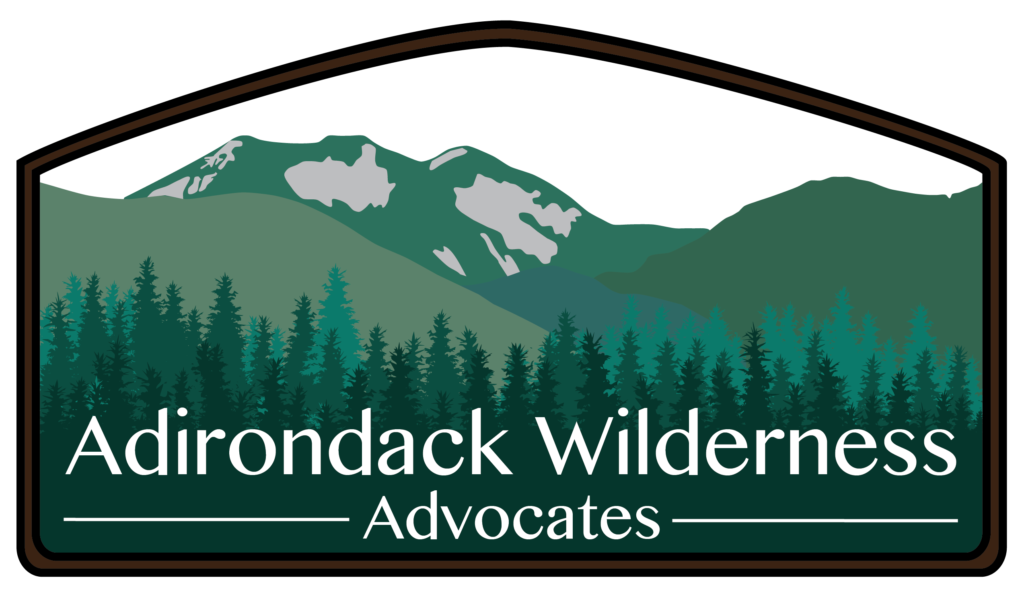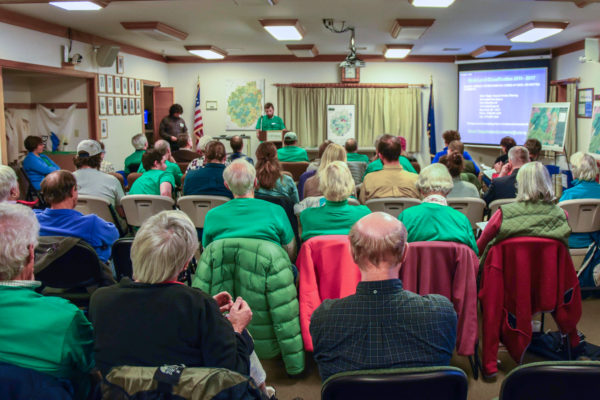News that the Adirondack Park Agency plans to subvert another upcoming wilderness designation at Boreas Ponds with both motorized and mechanized access corridors is not just discouraging, it is frightening. This is not a word that I toss out for emotional effect. It is my genuine reaction to the idea that the agency is becoming an obstacle to the wilderness preservation narrative that defines part of the Adirondack Park’s proud history.
To open the deep interior wilderness areas to mechanical modes of transportation is to offer a solution that has no problem. It is to offer a form of recreational access where none is demanded.
The agency is seeking to accommodate the vague and incorrect idea that humans can be demographically divided by the outdoor toys they purchase. In 2014, the agency pursued this same fallacy when it designated the Essex Chain and Hudson River region. The assumption was that a wilderness classification would be too exclusive. Opening the area to a broader spectrum of transportation methods would naturally attract a greater number of people, who in turn would hopefully lighten their wallets while passing through the hamlet of Newcomb.
To test this hypothesis, the agency applied nearly every classification listed in the State Land Master Plan to manufacture a multi-use recreation area. But in the years since then, has the agency measured the success of this solution? By all accounts, the visitation rates for the Essex Chain have been dismal, especially if the expectation was that greater permissions would attract more people.
The fundamental problem with the Essex Chain classification was that the state was unable to provide a clear vision of what this region was supposed to be. I remember well the tone of that public discussion. This agency believed that the tract was something more than wild forest, but certainly less than wilderness—and as a result it has become not much of anything to anybody. On the land use map, this designation stands out as a coat of many colors; when you visit the place in person, the regulations that apply vary depending on which patch of ground you happen to be standing on. This is not coherent state land planning.
The state has been setting a poor leadership example by pitting so-called user groups against one another, setting the expectation that one side wins and the other loses in this zero-sum game we politely call land classification. Thus the only logical solution is to embrace these over-engineered compromises that few can understand and that no one asked for. And the public sees time and again the Adirondack Park Agency tripping over its own implications that wilderness—one of the iconic emblems of this great park—is an impediment to regional prosperity, and must therefore be minimized to every extent possible.
The land classification process is guided by law and long-established policy, which define the criteria you are allowed to consider and which point you to one of only a small number of potential outcomes. It might seem like creative thinking to envision special-use corridors or changes to the State Land Master Plan as shortcuts out of this box canyon in which the agency finds itself; but when you do this, what we see is a calculated effort to chisel away at one of New York’s greatest achievements: wilderness.
Thank you.



